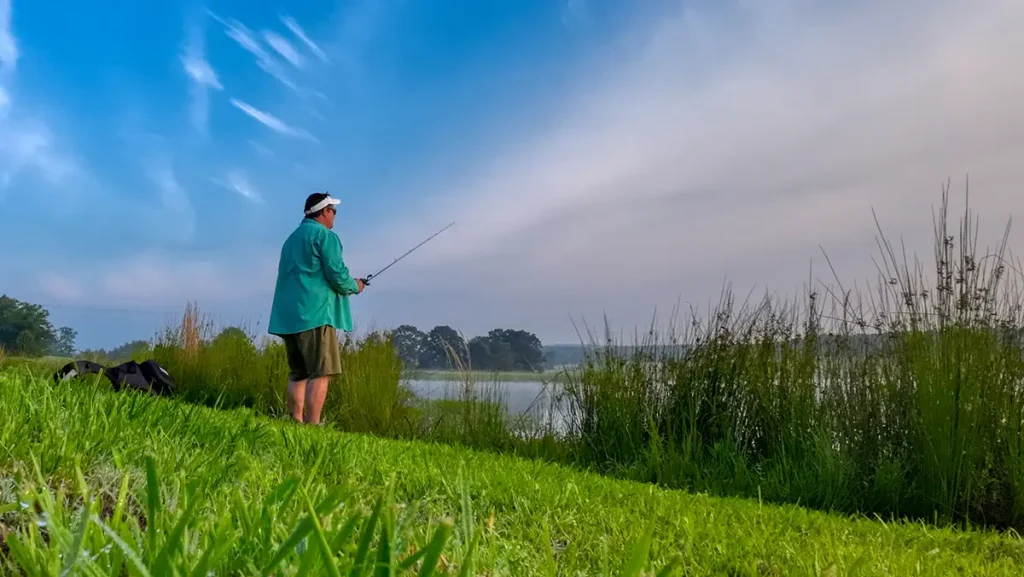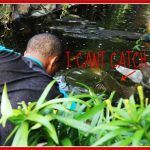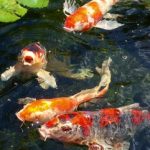How to Pond Fish: A Beginner’s Guide to Enjoying the Art of Fishing in Ponds
Fishing in a pond can be a relaxing and rewarding experience for both beginners and experienced anglers. Whether you’re looking to catch some fish for dinner or simply enjoy the tranquility of nature, pond fishing offers a unique and fulfilling way to spend your time. In this comprehensive guide, we’ll cover everything you need to know to get started with pond fishing, from choosing the right equipment to understanding the best techniques for success.
Choosing the Right Gear
Before you head out to the pond, it’s essential to have the right gear to maximize your chances of a successful fishing trip. Here’s a breakdown of the essential equipment you’ll need:
1. Fishing Rod and Reel
Selecting the right fishing rod and reel is crucial for a successful pond fishing experience. Opt for a medium to light-action rod and a spinning reel, which offers versatility and ease of use for anglers of all skill levels.
2. Fishing Line
Choose a high-quality monofilament or fluorocarbon fishing line with a test strength suitable for the type of fish you’ll be targeting in the pond. A 6-8 pound test line is a good starting point for most pond fishing situations.
3. Hooks and Baits
Stock up on a variety of hooks in different sizes to accommodate various fish species. Popular baits for pond fishing include worms, artificial lures, and live bait such as minnows or crickets.
4. Tackle Box
Invest in a sturdy tackle box to keep your fishing gear organized and easily accessible. Include essential items such as bobbers, sinkers, and pliers for a well-rounded fishing setup.
5. Fishing License
Before you start fishing, ensure that you have the necessary fishing license as per local regulations. It’s important to familiarize yourself with the rules and regulations governing fishing in ponds in your area.
Locating the Best Spots
Once you have your gear ready, the next step is to identify the best spots within the pond where fish are likely to be congregating. Here are some tips for finding prime fishing locations:
1. Shaded Areas
Fish tend to seek refuge in shaded areas, especially during the warmer months. Look for spots with overhanging trees, aquatic vegetation, or other natural cover where fish might be hiding.
2. Underwater Structures
Ponds often contain submerged structures such as fallen trees, rocks, or brush piles that serve as ideal habitats for fish. These structures provide shelter and attract prey, making them hotspots for angling success.
3. Inlets and Outlets
Inlet and outlet areas of the pond are prime spots for fishing, as they provide a constant flow of fresh water and nutrients, attracting fish in search of food and oxygen.
4. Observation and Patience
Take the time to observe the pond and look for signs of fish activity, such as ripples on the water’s surface or fish breaking the water. Patience is key when pond fishing, so be prepared to wait for the right moment to make your move.
Effective Fishing Techniques
Now that you’ve identified the best fishing spots, it’s time to put your skills to the test with some effective fishing techniques. Here are a few tried and true methods for pond fishing success:
1. Float Fishing
Float fishing, also known as bobber fishing, is a popular technique for pond fishing. Attach a bobber to your line, along with a hook and bait, and cast it out into the pond. The bobber will float on the water’s surface, indicating when a fish has taken the bait.
2. Bottom Fishing
Bottom fishing involves placing your baited hook on the pond’s bottom to attract fish that feed near the lake bed. Use a weight to ensure your bait sinks to the desired depth, and be prepared to feel for subtle bites from bottom-dwelling fish.
3. Casting and Retrieving
If you’re using artificial lures, casting and retrieving is a versatile technique that can entice fish to strike. Experiment with different retrieval speeds and movements to mimic the behavior of prey and trigger fish to bite.
4. Fly Fishing
For anglers who enjoy the art of fly fishing, ponds offer ample opportunities to practice this elegant and engaging technique. Use lightweight flies to imitate insects or small baitfish and cast them delicately onto the water’s surface to attract fish.
Conservation and Responsible Fishing Practices
As an ethical angler, it’s important to practice responsible fishing and conservation to ensure the sustainability of pond ecosystems and fish populations. Here are some essential guidelines to follow:
1. Catch and Release
Consider releasing some of the fish you catch to maintain a healthy balance within the pond’s ecosystem. Selective catch and release can help preserve the fish population and ensure future generations of anglers can enjoy the sport.
2. Proper Handling
Handle fish with care and respect. Wet your hands before handling a fish to protect its delicate mucus layer, and avoid causing unnecessary stress or harm to the fish during the release process.
3. Litter-Free Fishing
Always clean up after yourself and dispose of any fishing-related litter, such as fishing line, hooks, and bait containers, properly. Protect the natural beauty of the pond and prevent wildlife from being harmed by discarded fishing gear.
4. Respect Wildlife
Observe and appreciate the wildlife around the pond without disturbing their natural behaviors. Avoid damaging aquatic plants and habitats, and be mindful of nesting birds and other wildlife during your fishing activities.
Frequently Asked Questions
Q: What equipment do I need for pond fishing?
A: Basic equipment includes a fishing rod and reel, fishing line, hooks, bait (live or artificial), a tackle box, and a landing net. Additional items might include a fishing chair, polarized sunglasses, and a hat for comfort.
Q: What types of bait are best for pond fishing?
A: Common baits include worms, minnows, insects, and artificial lures. The choice of bait depends on the species of fish you’re targeting. Worms are versatile and effective for many pond fish species.
Q: What are some good fish species to target in ponds?
A: Common pond fish species include bass, bluegill, catfish, and crappie. Each species may require different techniques and bait, so research the fish in your pond beforehand.
Q: What time of day is best for pond fishing?
A: Early morning and late afternoon are generally the best times for pond fishing. Fish are often more active during these cooler parts of the day.
Q: How can I improve my chances of catching fish in a pond?
A: Use the right bait for the target species, cast near structures like rocks, logs, or vegetation where fish might hide, and be patient. Observing the behavior of fish and adjusting techniques accordingly can also help.
Q: Do I need a fishing license to fish in a pond?
A: It depends on local regulations. In many areas, you need a fishing license even for private ponds. Check with local authorities to ensure compliance with fishing laws.
Q: How do I properly release fish back into the pond?
A: Handle fish gently, using wet hands or a wet cloth to avoid damaging their scales and slime coat. Remove the hook carefully and quickly return the fish to the water, allowing it to swim away on its own.
Q: What are some common mistakes to avoid in pond fishing?
A: Common mistakes include using the wrong bait, fishing in the wrong spots, handling fish improperly, and not being patient. Overcasting and making too much noise can also scare fish away.
Q: How can I keep my pond fishing spot productive?
A: Practice catch and release to maintain fish populations, avoid overfishing, and keep the pond clean. Regularly check for and remove any trash or debris.
Q: What techniques can I use for different pond fish species?
A: For bass, try using plastic worms or crankbaits near structures. For bluegill, use small worms or insects with a float. Catfish often respond well to stink baits or chicken liver on the bottom.
Final Words
Pond fishing offers a wonderful opportunity to connect with nature and enjoy the thrill of angling in a serene and picturesque setting. By selecting the right gear, identifying prime fishing spots, mastering effective techniques, and practicing responsible fishing ethics, you can embark on a fulfilling pond fishing journey. Whether you’re seeking solitude and relaxation or the excitement of reeling in a big catch, pond fishing is a timeless pursuit that can be enjoyed by anglers of all ages and skill levels. Get ready to cast your line and immerse yourself in the art of pond fishing!





